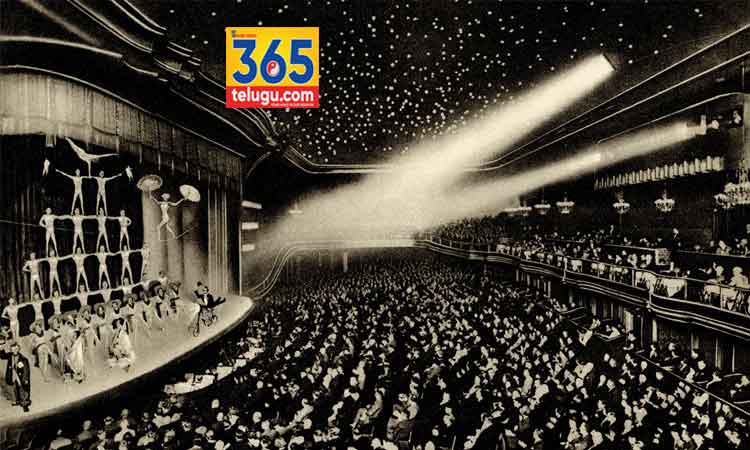365Telugu.com online news, Hyderabad,May 7th,2023:The Eden Theatre was a cinema located in La Ciotat, France. It was opened on June 21, 1889, by the Lumière brothers, Auguste and Louis, who were pioneers in early cinema and known for their contributions to the invention of motion picture technology.
The Eden Théâtre was a converted storefront that could seat about 250 people, and it featured the Lumière brothers’ short films, as well as films by other early filmmakers.
The opening of the Eden Theatre was a significant event in the history of cinema and marked the beginning of the film exhibition industry. The Lumière brothers went on to open more cinemas across France and Europe, and their contributions to cinema continue to be celebrated today.
The Eden Théâtre is still standing today, and it has been classified as a historical monument by the French government. It is currently used as a cultural center and hosts screenings of films, as well as other cultural events.

The world’s first public cinema was the “Eden Théâtre,” which opened in La Ciotat, France in 1899. However, the concept of showing moving images for entertainment purposes began several years earlier with the invention of the “Kinetoscope” by Thomas Edison in 1891. The Kinetoscope was a device that allowed a single viewer to watch a short film through a peephole viewer. However, it was not a public exhibition venue.
In 1895, the Lumière brothers, Auguste and Louis, invented the “Cinématographe,” a device that not only projected moving images but also allowed large audiences to view them simultaneously. The Lumière brothers demonstrated their invention in Paris in 1895, and they continued to hold screenings of their films in various locations in France and Europe, including the “Eden Théâtre” which they opened in 1899.
So while the Kinetoscope was the first device that allowed for the viewing of moving images, it was not a public cinema. The Lumière brothers’ Cinématographe, which allowed large audiences to view films, marked the beginning of the modern cinema era and the development of the film exhibition industry.

